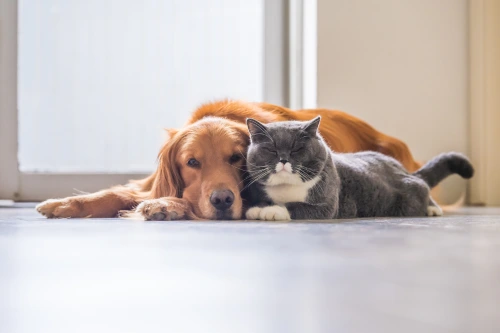Key Takeaways
– Being a pet guardian is not just a title; it’s a promise to prioritize the needs of a living being that trusts us to safeguard their future.
– The Five Freedoms is an original philosophy for the treatment of animals focused on minimizing harm.
– The Five Opportunities to Thrive is a newer proactive philosophy aimed at encouraging positive experiences for animals including our pets.
– Our pets require a healthy well-balanced diet to encourage physical and mental wellbeing.
– Pets deserve a comfortable and safe living environment free of dangers.
– Providing regular access to a veterinarian is essential for pet care and wellbeing.
– Animals should have the opportunity to act like animals; letting pets safely express their natural behaviors in an appropriate manner is key to a fulfilling life.
– Humans have a lot of choice and control over our pets, but giving pets the opportunity for choice and control has many benefits to helping pets thrive.
– Observe your pet to understand their needs and preferences
– Enrichment is a key component to a happy healthy pet
Pet Guardian Responsibilities
As pet guardians, whether for our own pets or those entrusted to us professionally, we carry a profound responsibility. Pets depend on us for their safety, health, and happiness. This role goes beyond affection—it requires knowledge, preparedness, and action to ensure their wellbeing. Being a pet guardian is not just a title; it’s a promise to prioritize the needs of a living being that trusts us to safeguard their future. The following pet care insights aim to provoke thought and action to enrich the lives of all our pets.
The Five Freedoms
The Five Freedoms, introduced in 1965, laid the foundation for animal welfare by defining the bare minimum standards to prevent harm. While groundbreaking at the time, these freedoms focus on what animals should not endure rather than the positive experiences they should enjoy.

The Five Freedoms include:
- Freedom from hunger and thirst
- Freedom from discomfort
- Freedom from pain, injury, and disease
- Freedom to express natural behavior
- Freedom from fear and distress
For example, ensuring an animal isn’t starving doesn’t guarantee they’re eating a balanced diet that promotes long-term health. As a matter of fact, Dr. Lance Miller and Dr. Sathya Chinnadurai note in a 2023 publication on animal welfare, “The absence of negative welfare indicators does not demonstrate that an individual animal is thriving.”
The Five Freedoms establish the minimum for survival, but as compassionate guardians, our focus should be on helping pets thrive.
The Five Opportunities to Thrive
Developed over a decade ago, the Five Opportunities to Thrive evolved from the Five Freedoms, significantly shifting the focus from harm prevention to positive experiences. This philosophy explicitly promotes a proactive, enrichment-based approach to pet care, aiming to help pets live fulfilling lives.

The Five Opportunities to Thrive include:
- Opportunity for a Well-Balanced Diet
- Opportunity to Self-Maintain in a Well-Balanced Environment
- Opportunity for Optimal Health
- Opportunity to Express Species-Specific Behaviors
- Opportunity for Positive Mental Experiences through Choice and Control
Let’s dive deeper into how each opportunity enhances a pet’s wellbeing.
Opportunity for a Well-Balanced Diet
Every pet deserves a diet that meets their species-specific nutritional needs. Proper nutrition supports both physical and behavioral health.

The Association of Animal Feed Control Officials (AAFCO) provides guidelines for evaluating pet food. They do so by determining nutritional requirements, and determining the safety of individual ingredients in animal feed. When selecting food, look for statements like:
- “[Product Name] is formulated to meets the nutritional levels established by AAFCO dog food nutrient profiles.”
- “Animal feeding tests using AAFCO procedures substantiate that [Product Name] provides complete and balanced nutrition.”
Though the AAFCO testing process does have limitations, it’s a reliable starting point. Furthermore, work closely with your veterinarian to choose the best diet for your pet, and monitor for any health changes.
Opportunity to Self-Maintain in a Well-Balanced Environment
Pets need safe, comfortable spaces to rest, play, and retreat from stimuli. This includes:
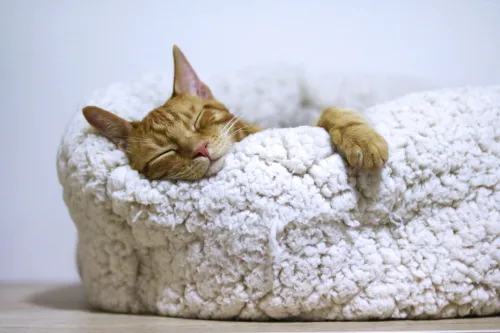
- Access to shaded, ventilated areas outdoors and temperature-controlled indoor spaces.
- Quiet, secure places where pets can relax and feel safe.
- Having access to clean water
- Access to good air quality
Providing a well-balanced environment helps pets feel secure and fosters physical and emotional wellbeing.
Opportunity for Optimal Health
Optimal health combines good nutrition, a safe environment, and proactive veterinary care. Key components include:
- Routine wellness exams and vaccinations.
- Preventative treatments like heartworm, flea, and tick medication.
- A strong relationship with your veterinarian for personalized guidance.
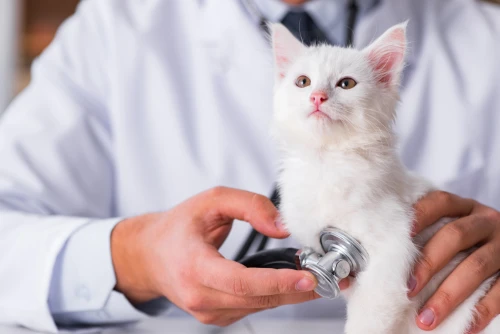
This opportunity ensures your pet thrives physically, mentally, and emotionally.
Opportunity to Express Species-Specific Behaviors
Of all the pet care insights introduced in this article, the last two deserve a lot of focus. Every pet has innate behaviors that they must express. Undoubtedly, these behaviors are essential for their mental stimulation and happiness. Rather than suppressing them, channel these instincts in positive ways.


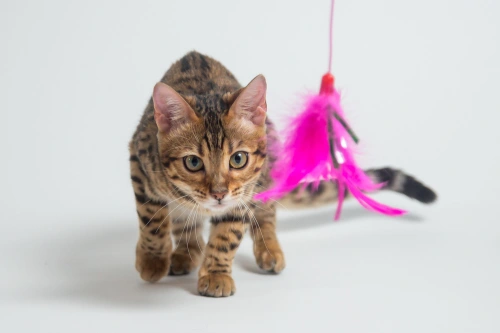
For example:
- Digging: Create a designated digging spot in your yard instead of allowing your garden to disappear. Bury toys for your dog to find.
- Sniffing: Allow your dog time to safely explore scents along walks. Provide cat nip toys for cats.
- Shredding: Provide safe objects or toys designed to be torn apart. Even a head of lettuce!
- Chewing: Kong Dog Toys and Playology Dog Toys are generally tough dog toys for aggressive chewers. There are no such toys as indestructible dog toys, so be sure to monitor your cats and dogs.
- Foraging: Dogs in the wild spend the vast majority of their time foraging for food. Nowadays, we pour their food into bowls giving them no task to perform. Instead, try scatter feeding, letting their natural instincts kick in.
- Licking: Try frozen treats or meals in a toy
- Playing: Provide ample time for pets to play each day. Take part. You deserve time to have fun too!
- Socializing: Dogs are social beings. Try building a pack of dogs that get along together. They’ll do the rest, but always supervise all interactions to ensure play stays safe.
Recognize your pet’s unique needs and create safe outlets for these behaviors. If you need help, locate a qualified trainer; one that only uses positive reinforcement methods. Consider a Canine Enrichment Technician; a specialist able to determine which potential enrichments are best for you and your pets.
Opportunity for Positive Mental Experiences through Choice and Control
Providing pets with choices gives them a sense of control over their environment, evidently reduces stress and encouraging confidence. For example:
- Offer multiple resting areas and let them choose where to sleep
- Present toy options during playtime
- On walks, let your dog pick the path (when safe)
- Provide multiple litterboxes in your home for cats
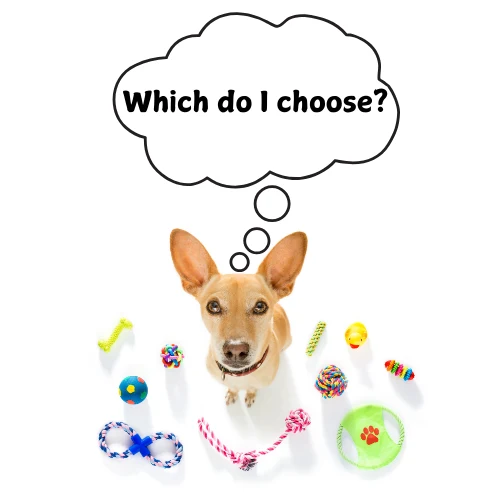
Even small choices can make a big difference in a pet’s wellbeing.
Pet Care Insights: Tips
- Observe your pet to understand their needs and preferences
- Provide opportunities for cognitive enrichment, like puzzle feeders or scent games
- Use positive reinforcement to encourage desired behaviors
- Play games that align with your pet’s instincts
- Always respect your pet’s boundaries and cues
Conclusion
By embracing the Five Opportunities to Thrive, you create an environment where your pet can flourish. Meeting their physical, emotional, and behavioral needs significantly reduces stress and strengthens your bond. The philosophies and pet care insights introduced in this article are only the starting point to building a better life for our pets. Now that they’ve been introduced to you, it’s your turn to act. Start with a simple thought exercise.
Think about the activities that bring you joy and fulfillment. Then imagine being unable to access them. Your pet deserves the same opportunity to experience a rich, happy life. Take time to observe, learn, and adapt to their needs, and you’ll help them not just survive—but truly thrive.
